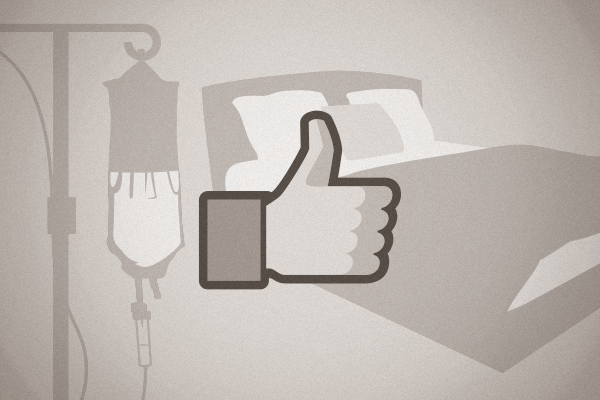We’re fans of at-home medical care in conjunction with direct care. And that’s not just lip service. We’ve designed our own personal EMR software to communicate with self-monitoring healthcare apps like FitBit. MedGadget‘s recent post spells out the factors of a good at-home medical device, and the benefits of getting these well-made devices in consumer’s hands. It’s worth a look.
What’s good about at-home care?
The article says, “There is an increasing emphasis in our healthcare system on keeping people out of hospital, reducing early readmissions, and taking control and responsibility for one’s personal health.” We’ll add that this is precisely what direct care promotes. There is data to back this up, including inverse correlation between ER admissions and direct care availability. At-home devices are an obvious tool for proactive medicine. But we should add that 24/7 access to a doctor (afforded by the direct care model) means that patients can make USE of all this data they now have the power to collect.
What makes an at-home medical product practical?
An at-home medical product needs to do more than just make a patient feel better. According to MedGadget they should also be:
- Intuitive: KISS comes to mind here. Keep It Simple, Stupid. We don’t need to upsell our patients on products that distract them from enjoying their lives. That’s the point of working to improve health, to live, not spend countless hours fumbling through poorly designed products with empty promises.
- Convenient: Again, the device needs to make life easier. If it needs to go with you wherever you go, don’t make it clumsy, otherwise we’ll as soon leave it at home, negating the desired benefits.
- Safe: Yes, let’s make it clear: our patients didn’t go to med school, and have not been certified to perform dangerous tasks. A device should NOT present a liability or hazard if used incorrectly.
- Data Transmission: The device needs to communicate with EMRs. Examples include home blood pressure monitors and devices managing the dosing of medications. If not it’s one step forward gathering the data, two steps back trying to put it where it belongs, on file.
What are consumers looking for?
In a nutshell, it needs to be life-affirming. Plus one if it can be used while doing other activities, such as walking, working, or sleeping. Plus two if insurance provides coverage for the device (or if a direct care practice like ours can negotiate a wholesale cost through a vendor).
Where are at-home products going?
There are heart monitors, breathing apparatuses, and machines that prevent cardiac arrest on the market. An example is the Holter heart monitor informs patients on a weekly or semi-daily basis of their hearts’ EKG rhythm and automatically sends a report to their physicians. This is life-changing for someone who’s endured open-heart surgery. It’s like having a doctor watching over you while you’re home. As for the future, be on the lookout for more convenience, more portability, and more streamlined communication.
